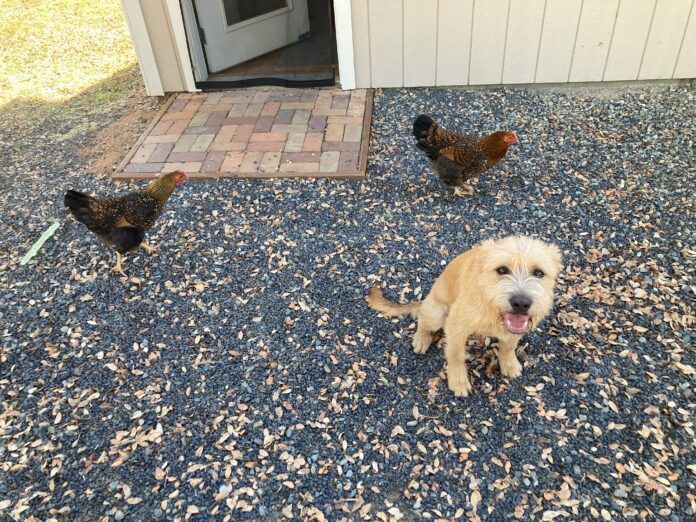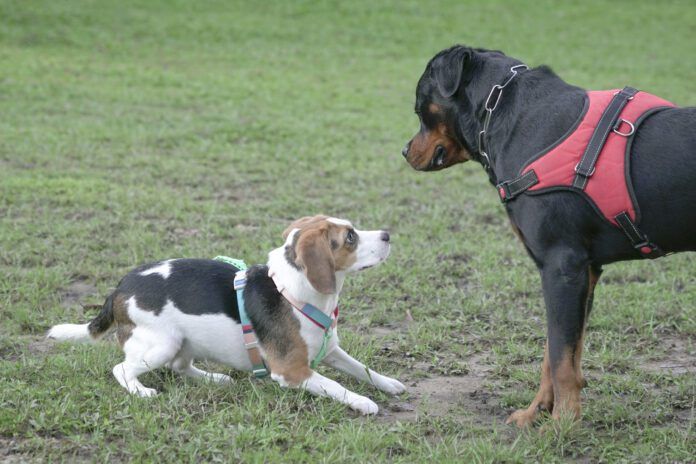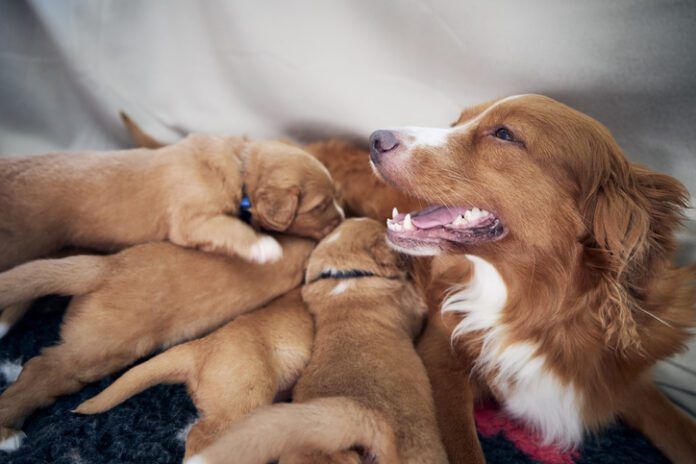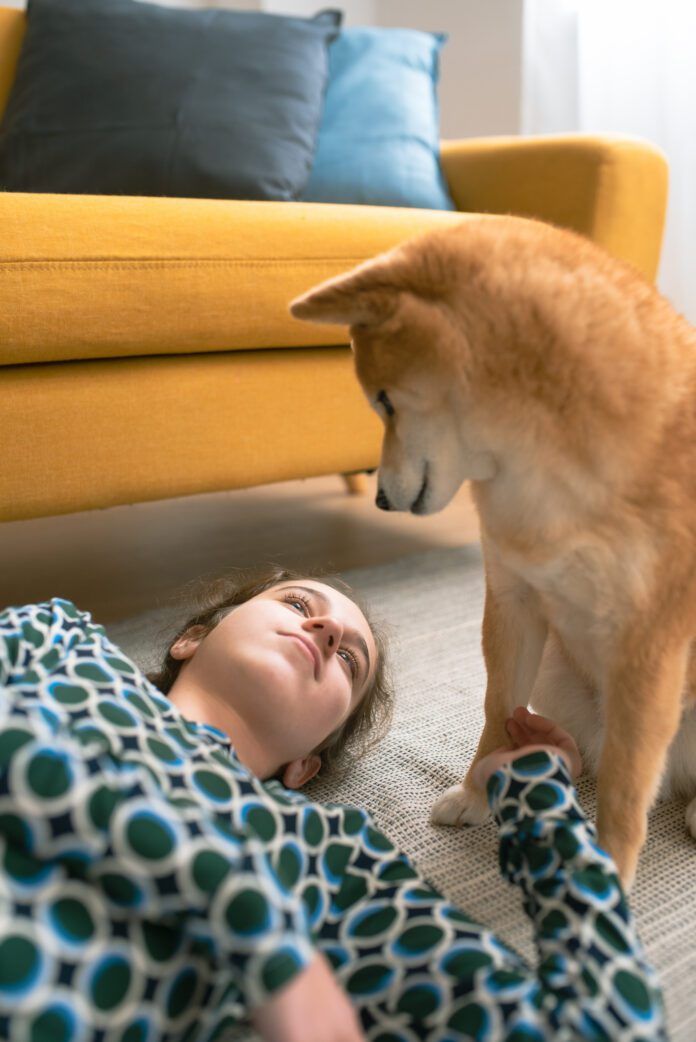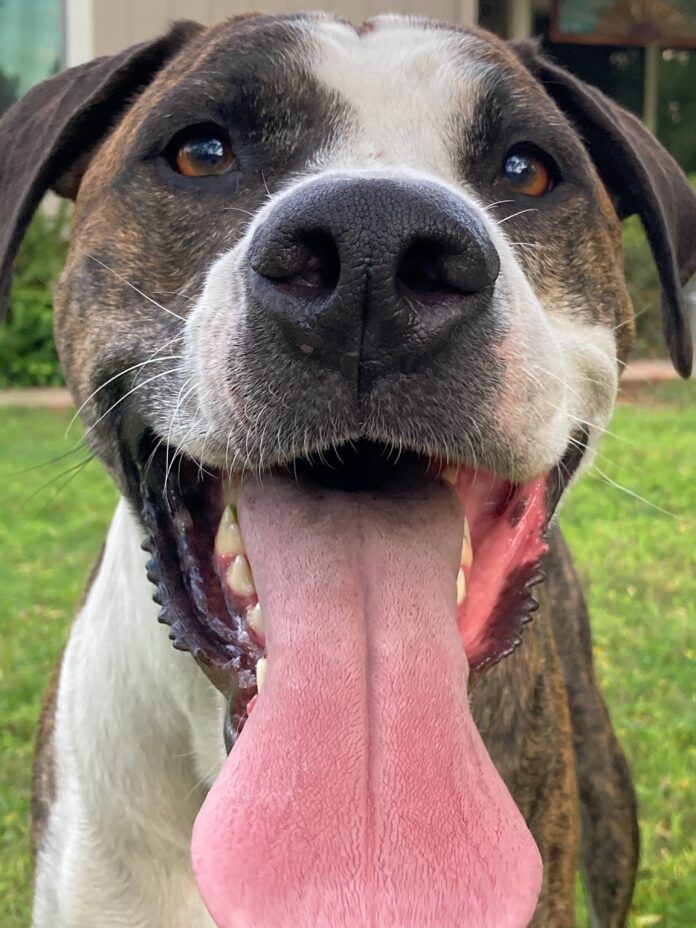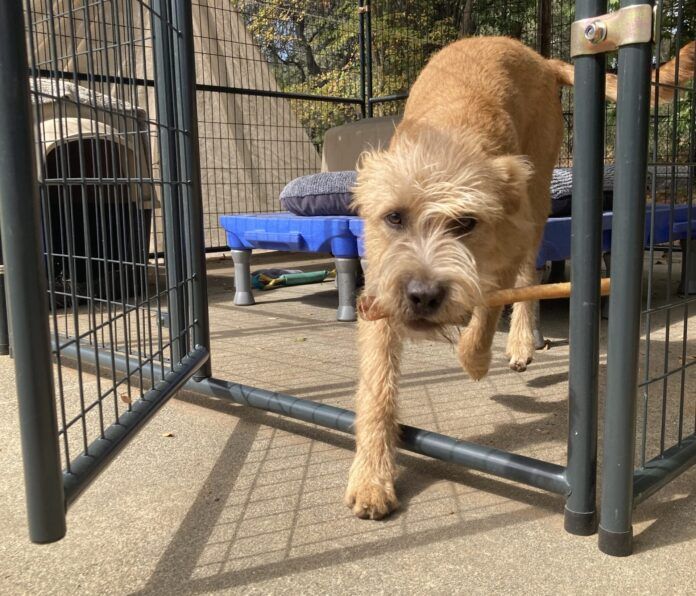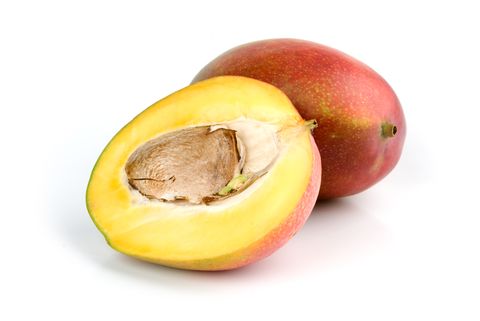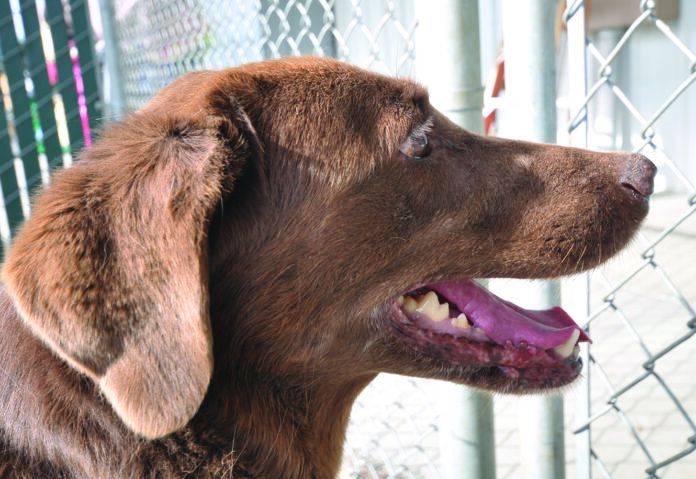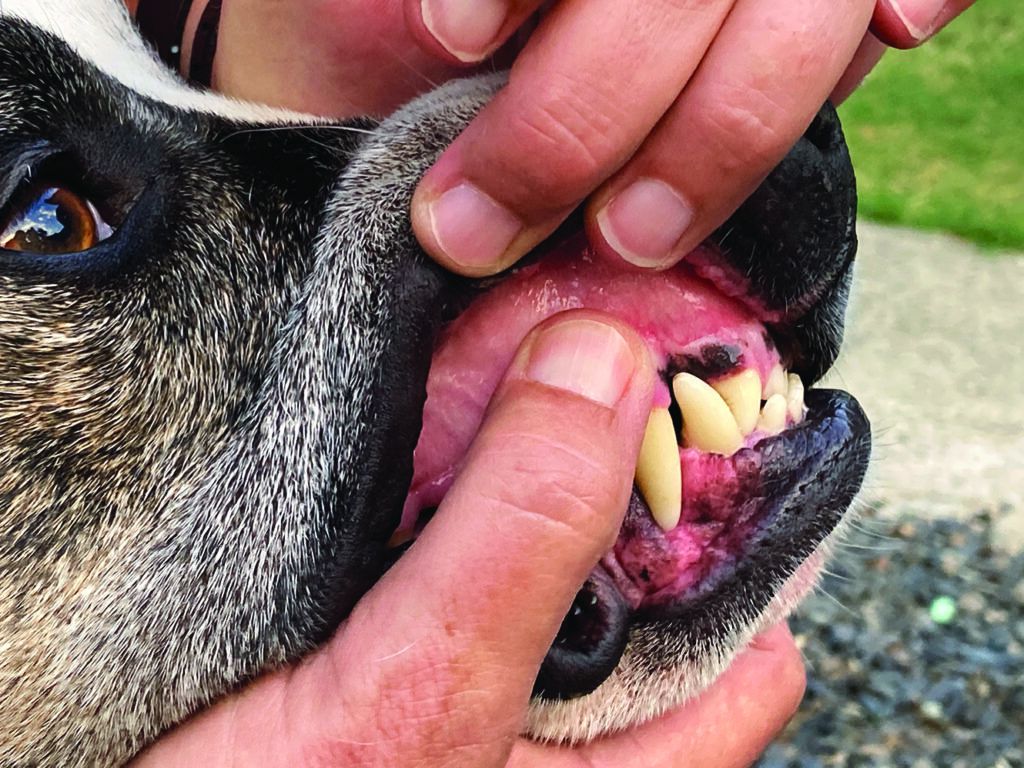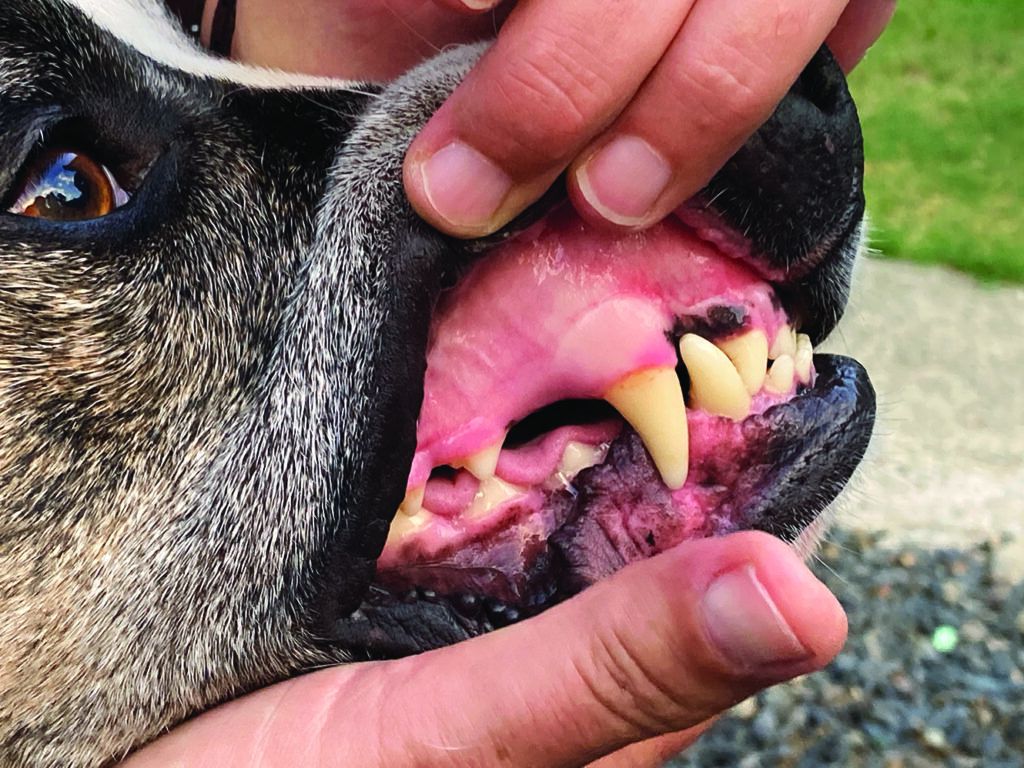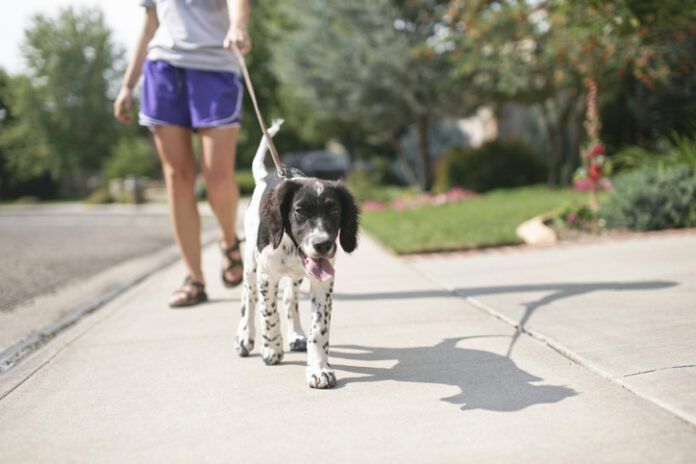When I was about five years old, my parents moved our family from the San Francisco Bay area to a rural farming area about an hour out of the city. Almost all of our neighbors were farmers; there were only a few small properties like ours that weren’t part of a farm. Both of my parents and all of my siblings liked dogs, and this was the 1960s – before widespread spay/neuter campaigns – so in very short order, we had a whole pack of pet dogs. Soon enough, my siblings engaged in 4-H clubs, and despite both of my parents knowing absolutely nothing whatsoever about caring for animals, we acquired a pony and a horse to ride, a steer and a lamb (ostensibly to be raised for meat), and lots of chickens that we raised for eggs.
We were lucky in that only one of the dozen or so dogs that I can name who lived with our family during that time had an appetite for chickens. Sam was a purebred Old English Sheepdog who came to our family after getting banned from his original San Francisco family (friends of my parents) for biting the neighbors’ kids. (He may have been hustled out under cover of darkness; there was some urgency to his arrival at our house.) But once Sam discovered that biting chickens was far more pleasurable than biting children, our flock slowly diminished.
My naïve mother asked the local farmers what they would do with a dog who killed chickens. Somehow, the concept of locking up the dog in a pen was never suggested. Instead, a horrific prescription was made: Tie one of the dead chickens to the dog’s collar and make him drag it around for days. The idea was supposed to be that the dog would soon tire of the smell and burden, and would associate this punishment with the sight of any future potential chicken meals. My mother recruited my 12-year-old brother and some of his 12-year-old friends to accomplish the task of tying one of Sam’s victims to the dog’s collar. The project stunk, literally and metaphorically, and did nothing to dissuade Sam from snacking on the dead chicken as he went about his day. I’m sure the farmer who made this suggestion to my mother laughed as they witnessed the giant dog running through their fields and orchards with the stinking partial corpse of a chicken flying behind him.
If they did laugh, they stopped once Sam moved on to preying on their chickens. Soon, no one who lived within a mile of us had chickens. And then Sam disappeared.
My parents told us that because of Sam’s chicken-killing, they had found him a home on a sheep ranch that we could see from Highway 80 whenever we drove from our rural home back to San Francisco for gatherings with our aunts and uncles and cousins. They explained, “He is a sheep dog! He needed to live with sheep to herd!” and they would encourage us to “Look for Sam!” as we drove by the farm at 70 miles per hour on the highway. Because the large wooly dog resembled a sheep himself, almost always one of us four kids would be convinced we had seen Sam among the sheep. My dad always drove fast, but as the youngest child in the family, it took years for me to realize that he seemed to drive particularly fast past the sheep ranch.
(Funny/not funny story: When I was an adult and my son was about 4 years old, we had a huge family gathering for Easter. Somehow, the topic of dogs came up at the dinner table, and one of our guests said something about their childhood dog being disappeared to – and here she made double air-quotes with her hands – “a farm in the country.” Everyone chuckled sympathetically, but then my oldest sister chirped, “But when we were kids, my parents really DID send one of our dogs to live on a farm – a sheep farm! We used to see him from the highway when we drove by!” I looked down the long table at my parents, who were seated side-by-side at one end. Both were very busy with their food, looking down at their plates. The laughter at the table grew louder, accompanied by quite a lot of choking sounds, as my parents pointedly kept up the pretense of not hearing the discussion and enjoying their food, and my 40-year-old sister’s voice pitched higher as the last vestiges of her childhood innocence were destroyed. “Wait! What? He did go to that farm, didn’t he? Mom? Dad? What? Sam? Really?”)
Anyway, all that was going through my head when I brought my dog Otto home from the shelter a little more than 14 years ago, because it said, right there on his cage card on the shelter pen, “Kills chicken.” That typo has amused me for many years now. Did they mean “kills chickens” or that he “killed a chicken? I’ll never know. But at any rate, I knew I would have to manage my new 7-month-old dog around my three pet laying hens in order to prevent carnage.

Perhaps because the pen my chickens were in was quite secure, or because I carefully supervised Otto at all times in the first few months I had him, or simply because the former stray dog was now well-fed, all I had to do was to take Otto to the chicken pen on a leash and tell him “Leave it!” when he looked at them, and give him treats when he looked away. He got it right on day one, and in 14 years, has never harmed any of their poultry successors (though when I introduced him to some newly hatched baby chicks, he did lick his lips a bit hungrily). So much for the “kills chicken” warning.
My middle-aged dog, Woody, has always had a loving, paternal response to any small or young creatures. When he is introduced to chickens, young or adult, his first response is always a soft, happy wag; then he wants to lick them, and especially their nether ends, like a mother dog cleaning her puppies. When my cranky older hens take it upon themselves to run toward him, shooing him away from whatever they are eating, he always shoos, looking sad and puzzled as to why they can’t be friends.
And I’ve been lucky with Boone, at least so far; my 10-month-old puppy seems to be interested only in eating chicken poop, not the chickens themselves, even though I allow my current four hens to wander around my property for hours during the daytime. I think that he’s mostly taken his cues from the older dogs – but he’s also never left with an opportunity to get into trouble. When I’m not home or unable to supervise him (like when I’m in the shower), he’s always contained in the outdoor dog pen, my office, or the house. If he’s outdoors with minimal supervision (say, when I’m in the house but cooking), the chickens are safely locked up in their pen.
I’m not sure why my parents found this so difficult!


